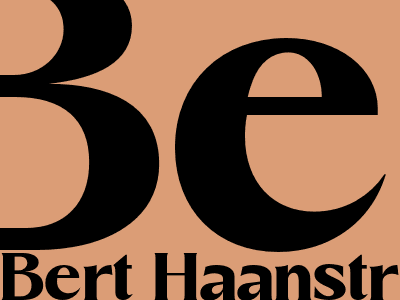
Bert Haanstra: A Master of Realism in Dutch Cinema
Early Life and Education
Bert Haanstra was born on May 31, 1916, in Hilversum, Netherlands. His passion for filmmaking began at an early age, and he studied photography and cinematography at the National Film Academy in Amsterdam.
After graduating, Haanstra worked as a cameraman for the Dutch government newsreel company Polygoon-Profilti.
Filmmaking Career
Early Films
In the late 1940s, Haanstra began making short films that explored social issues and depicted the lives of ordinary people in the Netherlands. His early films, such as "Fanfare" (1958) and "Mirror of Holland" (1950), showcased his talent for capturing the beauty and simplicity of everyday life.
International Recognition
Haanstra's films gained international recognition in the 1950s and 1960s. His most famous work, "Fanfare" (1958), won the Palme d'Or at the Cannes Film Festival and was nominated for an Academy Award.
Other notable films include "The Human Dutch" (1963), a documentary about the Dutch people and their culture, and "The Castle" (1962), an experimental film that explores themes of power and control.
Later Career
In the later stages of his career, Haanstra continued to make films that explored social and political issues. He also worked as a producer and mentor for young filmmakers.
Bert Haanstra died on February 23, 1997, at the age of 80.
Legacy
Bert Haanstra is considered one of the most important figures in Dutch cinema. His films are known for their realism, humanism, and their exploration of social issues.
Haanstra's legacy continues to inspire filmmakers around the world, and his films remain a valuable record of Dutch history and culture.